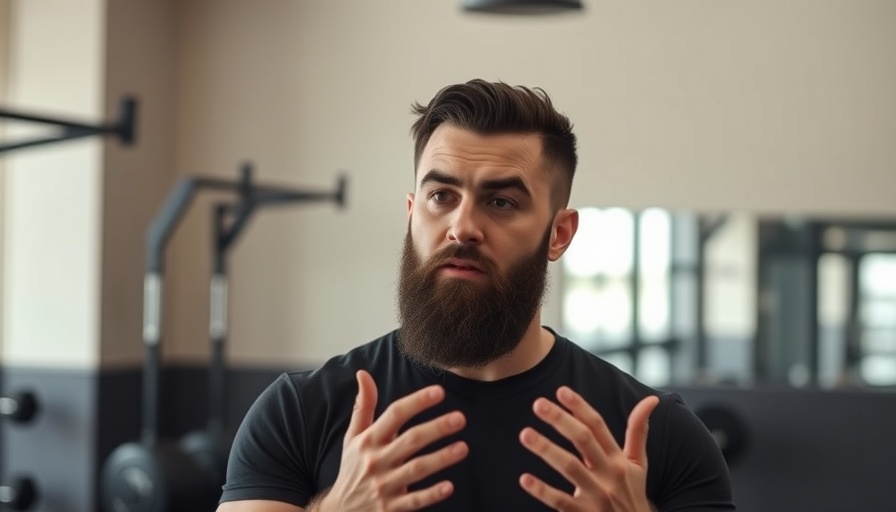
Why In-Person Coaching Cannot Be Replaced
In the ever-evolving landscape of fitness coaching, a heated debate persists: Does online coaching have a leg to stand on in comparison to traditional, face-to-face interactions? The discussion is no longer just about convenience; it delves into the intrinsic qualities that enrich personal training experiences. Many fitness coaches argue that, while online platforms offer scalability and accessibility, nothing can replace the depth of interaction and educational opportunities that come with in-person coaching.
In 'Why In-Person Coaching Still Beats Online (and Always Will)', the discussion dives into the irreplaceable value of face-to-face coaching, exploring key insights that sparked deeper analysis on our end.
The Power of Visual and Physical Feedback
One prominent point highlighted by fitness experts is the importance of real-time feedback. When coaching in person, a trainer can physically correct a client's posture or demonstrate a technique, ensuring they understand the mechanics involved. The moment a trainer pokes a client’s oblique during a session, it establishes a tangible connection that text alone cannot convey. This kind of interaction not only aids learning but also builds a rapport that strengthens the coaching relationship.
Building Effective Communication Skills
Transitioning seamlessly from in-person to online coaching requires a deep understanding of client needs that only comes from direct interaction. Coaches can develop a unique vernacular and relationship with their clients, making it easier to convey complex concepts. For instance, when you’ve spent time with a client face-to-face, a simple phrase like “core bracing” could trigger an immediate and positive reaction because of the foundational work established in previous sessions.
A Sustainable Business Model
There’s a pragmatic angle to keeping in-person coaching at the heart of a trainer's business strategy. Coaches can foster a dedicated local clientele before transitioning these clients online. This gradual approach creates a safety net—by nurturing personal connections first, trainers can easily pivot to online platforms when necessary, without completely sacrificing client engagement. Rather than frantically seeking online clients, trainers can focus on building strong relationships with their in-person clients and gradually scale their business.
Maximizing Efficiency and Profitability
In terms of numbers, the mathematics behind transitioning clients from in-person to online can be compelling. A trainer who spends 12 hours a month with a client can shift to merely a couple of hours monthly while still maintaining—and even enhancing—results. When structured properly, this model allows for higher prices on online services while significantly reducing the time spent on each client. It's a win-win situation: trainers can reach and help more clients without losing the personal touch.
The Future of Coaching: A Hybrid Approach
In the conversation about in-person versus online coaching, one critical insight arises: the most effective approach may be a hybrid model. This allows trainers to leverage their strengths by offering personalized experiences through in-person coaching while simultaneously tapping into the scalability of online coaching. As a business owner in the fitness industry, adapting to modern economic needs while preserving the essence of training can help you stand out in a crowded marketplace.
In conclusion, in-person coaching reigns supreme for many reasons—from immediate feedback to sustained relationships that form the backbone of successful fitness journeys. As coaches, understanding the balance between traditional and online modalities could very well dictate the future of personal training. And although technology continues to infiltrate the fitness world, the deep roots found in direct human connection can never be underestimated.
Gym owners and fitness trainers, now is the time to explore your options beyond your current model—consider how integrating both in-person and online strategies can elevate your coaching practice.
 Add Row
Add Row  Add
Add 




Write A Comment